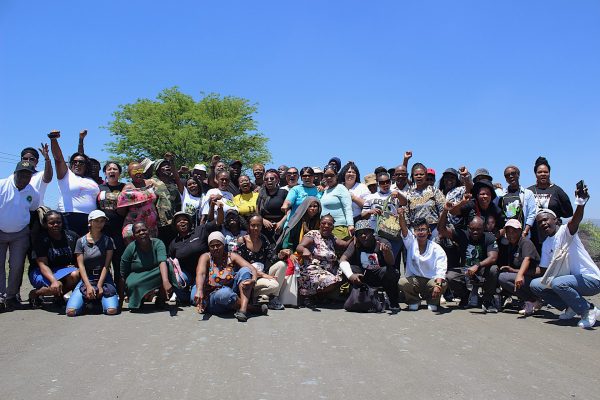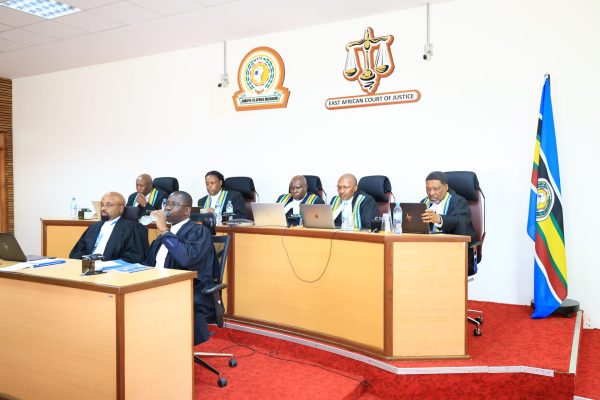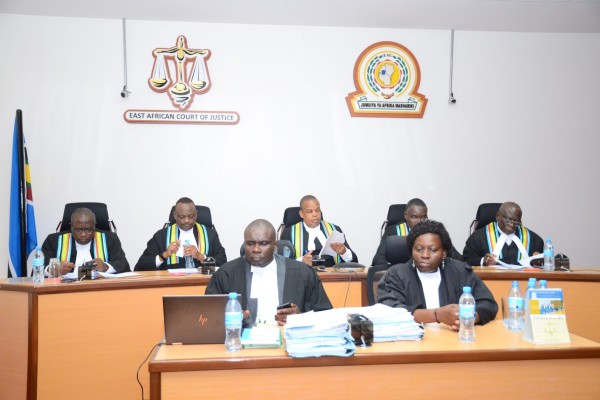Press Release
For Immediate Release
Malindi, Kenya – 29 September 2025
As the sun rises over the horizon in Lamu, a fisherman stands by the shore, casting a hopeful glance towards the courthouse in Malindi, where tomorrow the Environmental and Land Court will decide on the fate of thousands like him. This ruling is crucial for their livelihoods and the health of one of Kenya’s most pristine ecosystems.
The much-anticipated verdict on the proposed Lamu coal plant will determine whether the 2019 judgment by the National Environment Tribunal (NET), which revoked Amu Power’s Environmental Impact Assessment (EIA) licence, will be upheld – or whether the project will proceed despite fierce opposition from communities and environmental defenders.
The appeal, filed by Amu Power, challenges the NET decision delivered on June 26, 2019, which halted the construction of East Africa’s first coal-fired power station. Ten legal issues have been argued in this case, including the tribunal’s jurisdiction, adequacy of the public participation process, sufficiency of mitigation measures in the EIA report, and climate impacts of coal.
The court’s decision may set a legal precedent regarding the level of scrutiny required for environmental assessments in future projects, potentially reshaping how environmental review processes are conducted nationwide.
Opposition to coal
For years, Lamu community members have strongly opposed the coal project, citing its lack of meaningful public participation and the devastating consequences it would have on their health, livelihoods, and cultural heritage. The project threatens to pollute air, land, and marine ecosystems, undermining fisheries, tourism, and biodiversity hotspots critical to the local economy and way of life.
This resistance is part of a broader regional struggle against a pattern of extractive development decisions that prioritize industry over community welfare and environmental preservation. By connecting their local fight to these systemic challenges, Lamu’s residents highlight a relentless pursuit of short-term economic gain at the expense of sustainable development and social justice.
The project also counters Kenya’s firm reliance on renewable energy and its commitment to a just energy transition, which favours the building of renewable energy over fossil fuels.
The ruling will have far-reaching implications – not only for Kenya’s commitments under the Paris Agreement but also for global efforts to confront the triple planetary crisis of climate change, biodiversity loss, and pollution.
What is at stake?
The health implications of such a project are equally dire. Burning coal releases toxic particulate matter, which is associated with asthma, bronchitis, cardiac disease, and cancer. Increased emissions from construction and operations would degrade air quality, thereby placing surrounding communities at a severe risk of respiratory and cardiovascular issues.
According to the Kenya Medical Research Institute, the coastal region, including Lamu, already reports asthma rates higher than the national average, affecting approximately 10% of the population. Additionally, cardiovascular diseases account for over 8% of deaths in this region, underscoring the potential exacerbated impact from the coal plant.
Marine ecosystems are also at stake. The proposed plant’s location requires extensive infrastructure in fragile coastal ecosystems, placing biodiversity and fisheries at risk of contamination and collapse.
“Kenya must prioritize and adhere to its climate commitments, but this could place an undue burden on local communities while pushing renewables out of the market. Kenya has sufficient energy supply, and investing in renewables aligns with our development goals.”
Elizabeth Kariuki, Hub Director: Natural Justice
Communities and civil society organizations urge the Kenyan government to uphold its renewable energy commitments, prioritize sustainable alternatives, and protect the rights and health of present and future generations.







